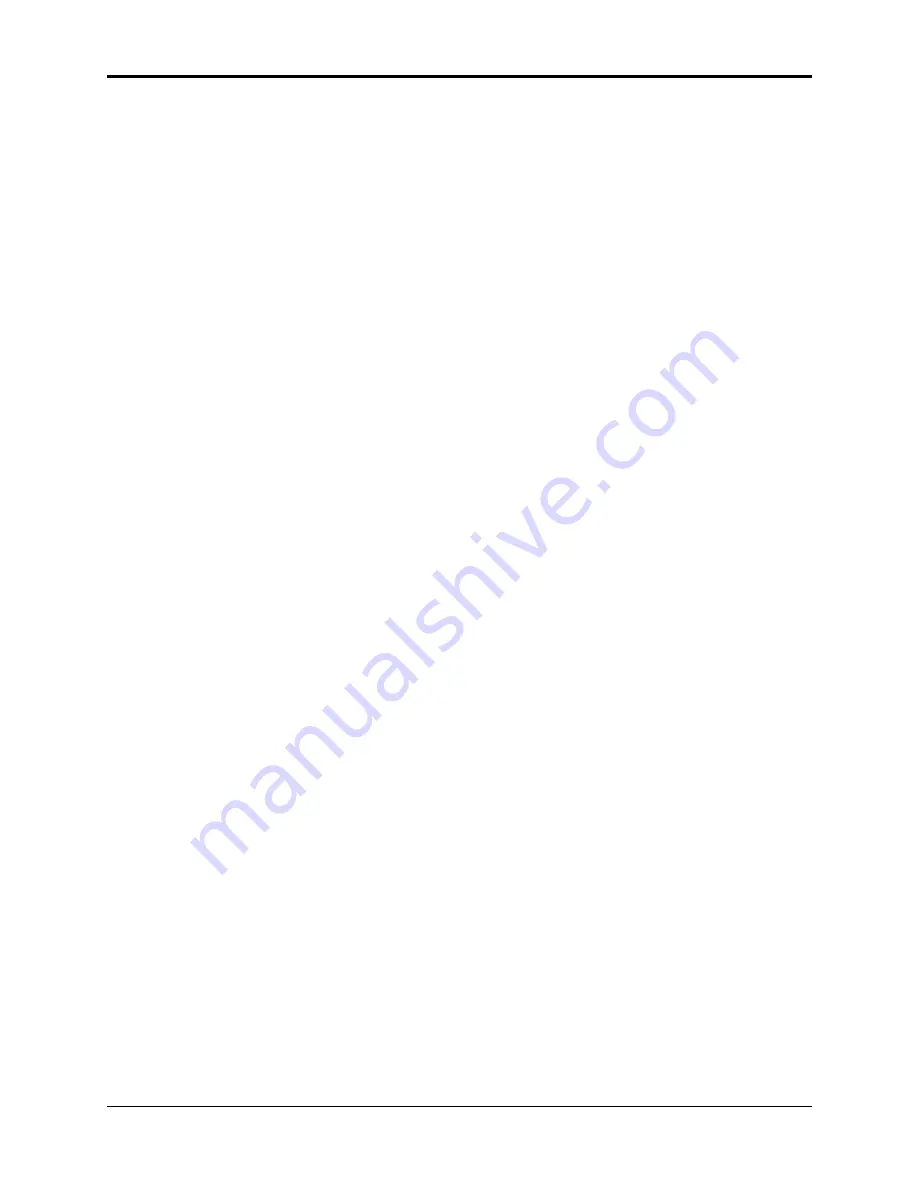
Section 6 — Effect Parameters
ASR-10 Musician’s Manual
4
Edit/Effect Parameters
values of the components (not user programmable) differentiate the large and small plate
reverbs. The signal goes directly through the diffusers which smear the signal. The signal is then
routed to a larger diffuser, known as Decay Definition, and is diffused over a period of time
(creating a decay). The signal is then routed to the output, and then goes through a low pass
filter. There is a parameter that controls the Decay Time of both the left and right signals (shown
as triangles above). This signal is then routed back into the definition. There is also an external
dry signal (not shown) that goes directly from the input to the output (BUS3). The BUS1 and
BUS2 MIX parameters can be routed into the effect for different Dry/Wet mixes.
The user-controllable parameters for the plate reverbs algorithms are:
DECAY TIME
Small Plate Range: 0.2 to 100.0 sec.
Large Plate Range: 0.4 to 140.0 sec.
This parameter controls the amount of time it takes for the reverberation to decay. Percussion
sounds best using SMALL PLATE. High values of decay time sound good on these algorithms.
PREDELAY TIME
Small Plate Range: 0 to 500 ms
Large Plate Range: 0 to 430 ms
This parameter controls the amount of time it takes for the input signal to be presented to the
plate reverb. A value of 0 would offer no delay.
HF DAMPING
Range:
0 to 99
Increasing the value of this parameter will gradually filter out increasing amounts of high-
frequency energy. Higher values yield an abrupt decay. This parameter controls the cut off of a
low pass filter in series with the decay within the definition.
HF BANDWIDTH
Range:
1 to 99
This parameter acts as a low-pass filter on the output of the plate reverbs, controlling the amount
of high frequencies present. The higher the setting, the more high frequencies are allowed to pass
through, offering a brighter ringing sound. Some interesting effects can be created by using a
mod controller over a large range.
DIFFUS1
Range:
0 to 99
The DIFFUS1 parameter smears the input signal to create a smoother sound. Lower values will
cause impulse sounds to appear as a series of discrete echoes, while higher values tend to
increase the smear, making the echoes less apparent.
DIFFUS2
Range:
0 to 99
This Diffuser, similar to and in series with the previous one, offers control over lower frequency
ranges. Plate Reverbs tend to sound metallic, and the diffusers help to smear the signal,
eliminating the metallic sound.
DECAY DEFINITION
Range:
0 to 99
This parameter controls the rate at which echo density increases with time. Higher values can
cause the echo density to build at a rate that exceeds the decay rate. Try to select the highest
value that works with your sound source for the best performance.
ER LEV (1 to 4)
Ranges: -99 to +99
These parameters control four early reflection levels. Setting these levels to lower values will
produce a wetter sound. These four reflection levels are close to the input of the DECAY
DEFINITION.















































